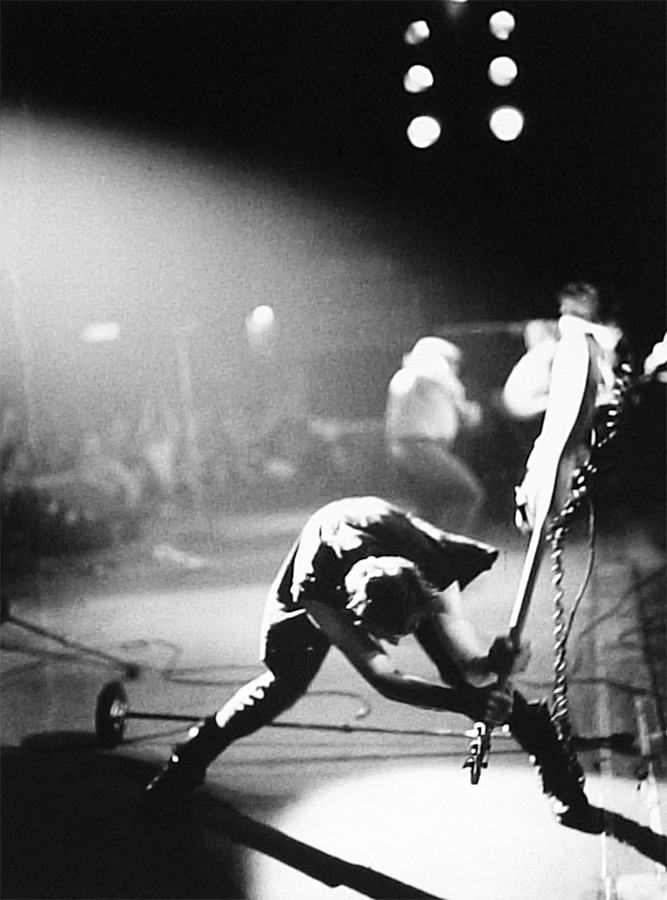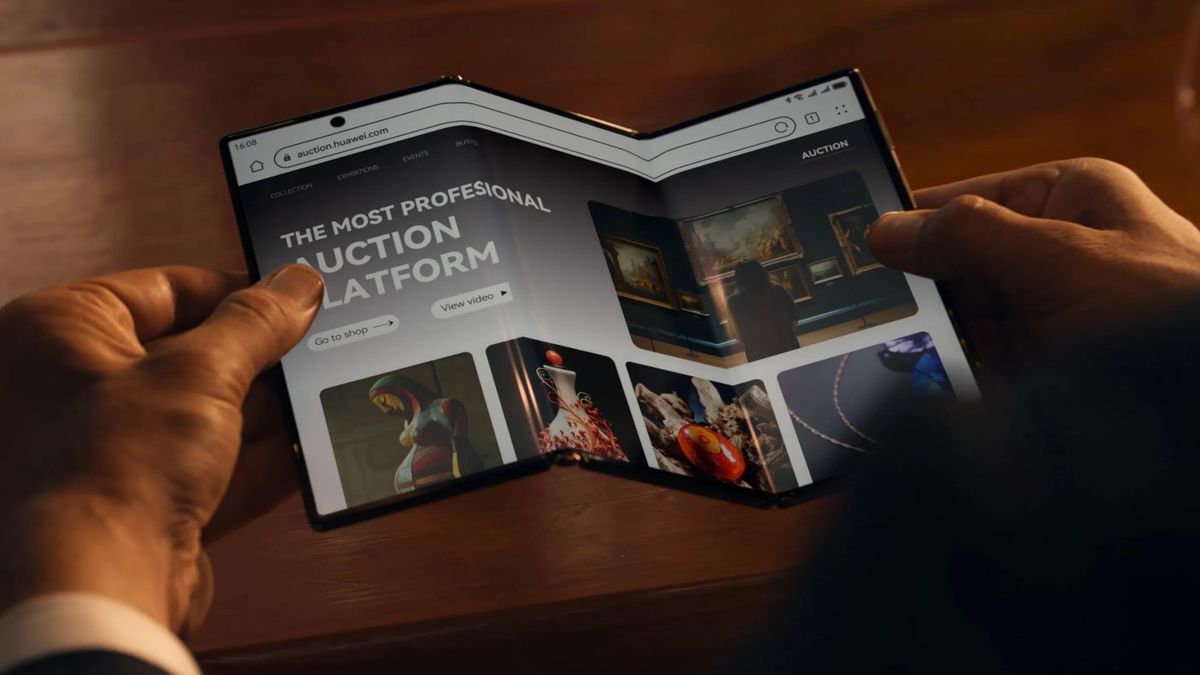I think its really cool, its just a step closer to have just one device for everything.
I’d love to fold it up and use it as a phone. Unfold it and use it as a tablet when I’m just browsing the web and then connect it to a man role or keyboard and mouse and use it as my “laptop” or desktop.
I have a steam deck for gaming, I don’t really need an entire separate computer for work.
But a device like this should offer a full desktop experience and not some locked down mobile thing.
I actually think this form factor makes more sense than a two-fold. With two-folds you get this weird not-quite-square aspect ratio, but this gives you something much closer to a very typical 16:9. Perfect for watching movies or streaming games.
I do want a proper android device though, which Huawei can’t provide anymore unfortunately. But I hope other manufacturers try their hand at this form factor. Still, massive props to Huawei on the design and engineering feat, it’s genuinely the first phone I’ve seen in years that made me reconsider what I want in a phone.
And no, obviously a tri-fold isn’t necessary, but neither are smartphones in general. Took me years to decide to purchase one and I was fine without one (started with a year-old Samsung S7, for reference).
Yeah, I’m probably not in the market for a fold phone, given I’m not a gentle owner. But of money was no object, I would get a trifold, because it feels meaningfully larger, and a more appropriate aspect ratio. The current folds really underwhelm me, even if they were so overpriced.
do any of the folding screens have reliable hinges that can be expected to last more than a year used by a regular person?
I couldn’t just because I need to have a case and screen protector before I can bring myself to even open the box the device comes in and I can’t imagine how those would be meaningfully possible for a folder.
As a stepping stone to an octo-fold phone? Yes.
Advancements in technology are cool. Who knows what insights we can find developing interesting ideas like this
I don’t really see the point (for consumers). The original foldable designs were trying to achieve the combination of a smartphone and tablet. That’s why they were taller and narrower, because when folded out they were supposed to reflect the shape of a tablet in portrait mode. Then manufacturers started changing the dimensions of the outer display to make it look more like a normal phone, which affected the inner display’s ability to mimic a 16:9 tablet. The inner displays on newer foldables have weird aspect ratios that don’t really suit anything particularly well and this tri-fold design seems to retain a similar ratio for the second of the three display modes. My question is: why would anyone ever use their phone in that second display mode when they can fold it out into a proper 16:9 display? Why would you choose the weird aspect ratio that only exists due to design limitations when you can choose a proper one that will be natively supported by everything?
I’ve got a foldable to deal with being on call as a sysadmin and it’s so much better than lugging o laptop around. The more screen I can fit in my pocket, the better.
The push for foldable phones is probably coming from those who funded the tech’s R & D. It’s a solution looking for a problem.
If Apple made one, I’d be all over it







